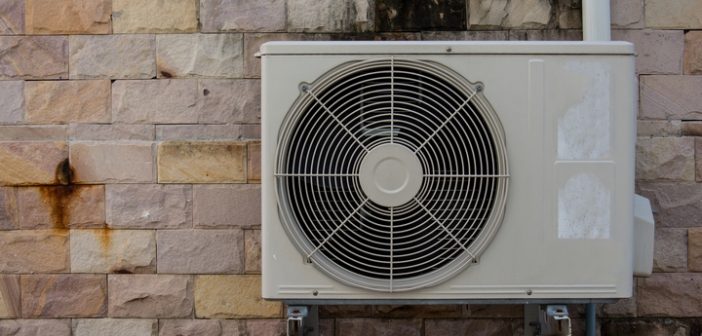Nothing feels more satisfying than enjoying the cool air produced by an air conditioner during a very hot summer day. Air conditioning devices are becoming more and more convenient and efficient, and it’s hard to imagine a time where people didn’t have them in their homes and vehicles.
These nine interesting facts of air conditioner history will show you how this useful invention came to exist.
1. Keeping cool in the past
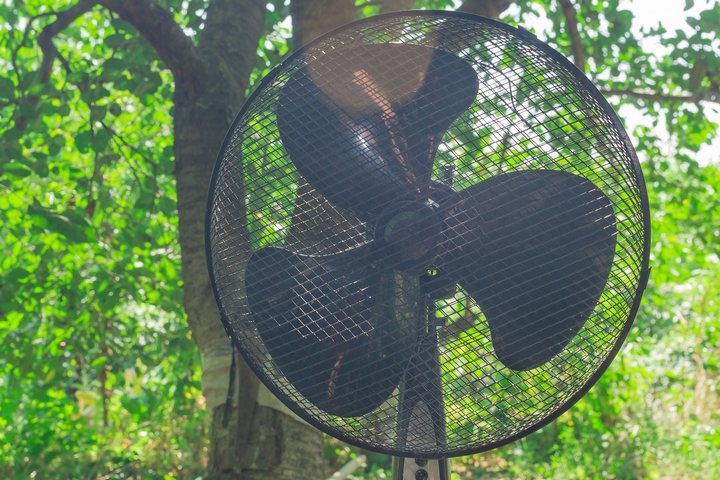
The air conditioner history began in the prehistoric times, back when snow and ice were already used to keep food and people cool. Through the years, many civilizations have used different techniques to stay cool. Food has been submerged in cold streams, and kept in frozen lakes during winter.
Snow and ice have been buried in storage pits, and covered with straw or sawdust to prevent them from melting too fast. Insulated buildings have been built to store snow and ice over a long period of time.
2. The first rotary fans in China
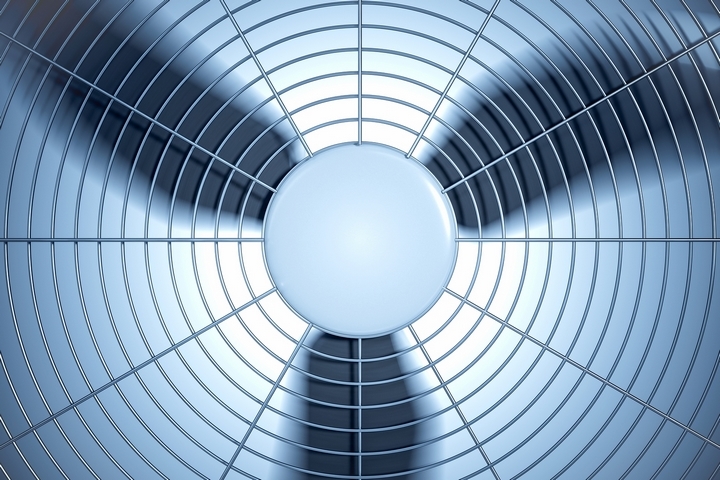
During the second century, Ding Huan, an engineer and inventor of the Han Dynasty, invented a large rotary fan that was used to cool the air. This ancient form of air conditioning device was powered by prisoners.
Many years later, during the Tang Dynasty, Emperor Xuanzong had a “Cool Hall” in his imperial palace. This hall was equipped with water-powered fans, as well as fountains with cool jet streams. This played a huge part in the breakthrough for the air conditioner history.
3. Benjamin Franklin and John Hadley experiment with evaporation
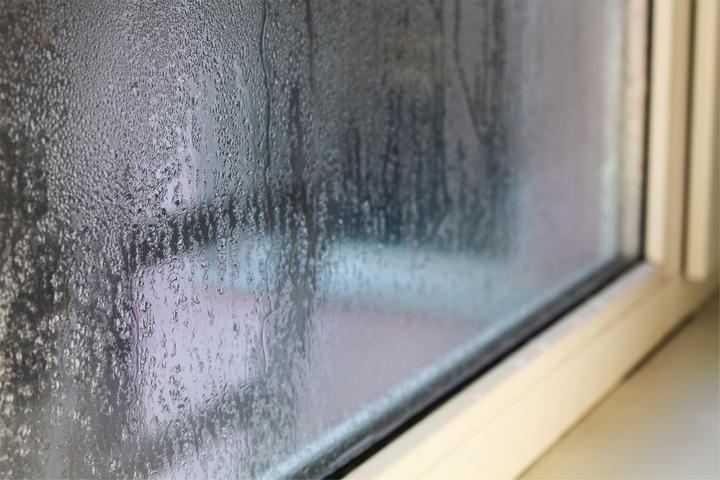
In 1758, Benjamin Franklin and John Hadley, a chemistry professor, decided to experiment with evaporation. They lowered the temperature of the bulb of a mercury thermometer with a bellows until a film of ice formed on its surface.
They concluded that evaporation of volatile liquids could be used to rapidly cool down an object, and even bring it below the freezing point of water. Their discovery paved the way for many more to come.
4. Michael Faraday discovers the properties of liquified ammonia
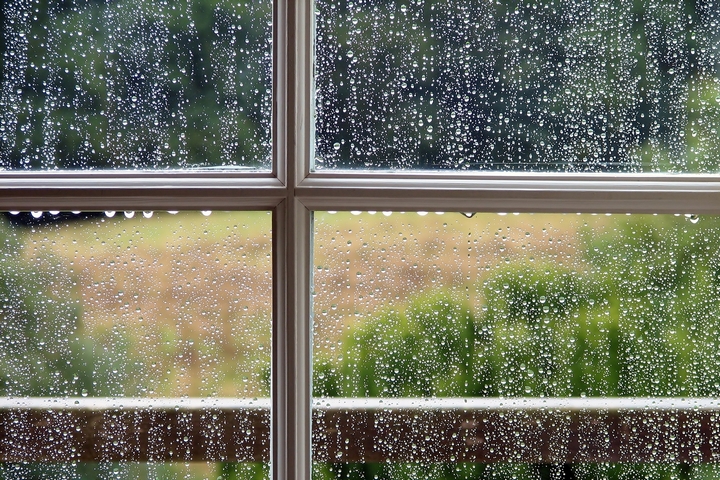
In 1820, scientist and inventor Michael Faraday experimented with ammonia. He discovered that when compressed and liquefied ammonia was allowed to evaporate, it could be used to rapidly chill the air.
Ammonia is a compound that has many different uses, and today it is still widely used as an industrial refrigerant. Because of its toxicity, it’s not really used for residential applications anymore, but it remained an important milestone in the air conditioner history.
5. The invention of the first ice-making machines
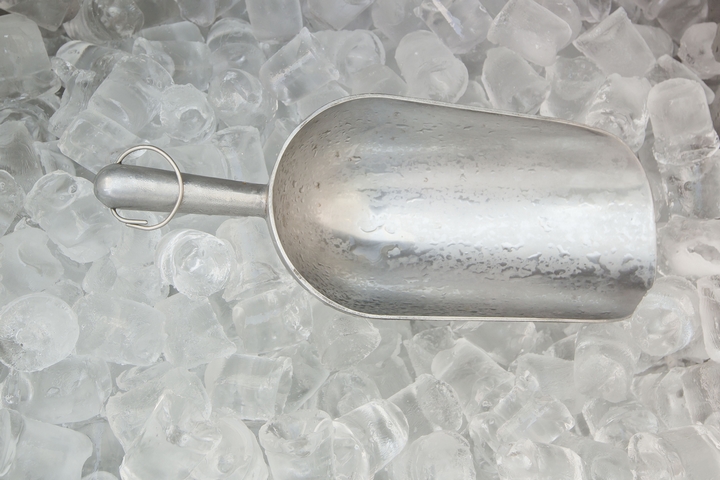
In 1842, physician John Gorrie created ice with the compression technology. He used it to cool the air for the patients of his hospital, and soon began working on a prototype for a system that could eventually cool down an entire city. Unfortunately, he never managed to make this invention come true.
In 1851, James Harrison, another pioneer in the field of mechanical refrigeration, began operating his mechanical ice-making machine. He kept working on different models of commercial ice-making machines through the following years.
6. Willis Carrier invents the first electrical air conditioner
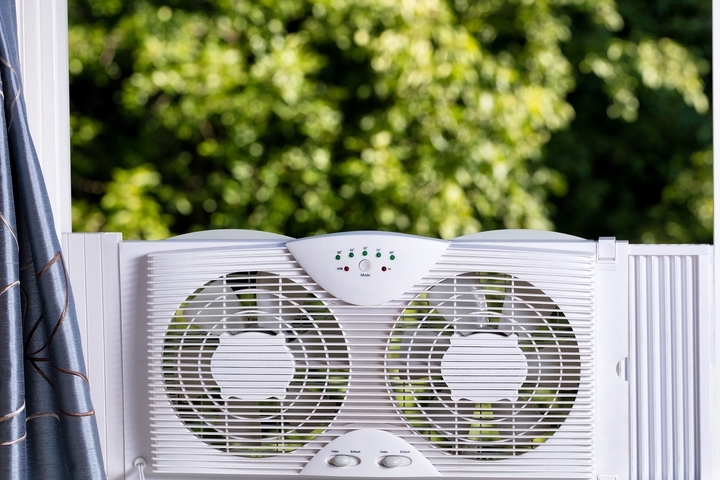
In 1902, an engineer named Willis Carrier invented the first electrical air conditioner. While working for the Buffalo Forge Company in Buffalo, New York, he worked on a device that could control the temperature and the humidity of the facilities of a publishing company.
His device sent air through coils filled with cold water, which would cool the air and control its moisture as well. His invention was a success and began to be used in other settings. He eventually founded The Carrier Air Conditioning Company of America in 1915.
7. The term air conditioning is used for the first time
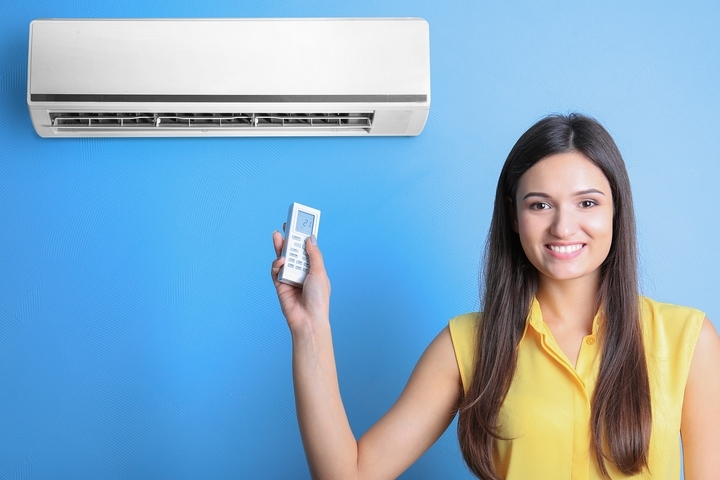
When Willis Carrier invented his air conditioner, he did not call it an air conditioner at first. It was Stuart W. Cramer, an engineer and contractor, who coined the term “air conditioning” in 1906 when he invented a device that could combine moisture and ventilation to condition the air inside his textile mill.
Willis Carrier then used this term and applied it to his own invention. He also used it to the name of the company he founded a few years later.
8. The first private home with air conditioning is built
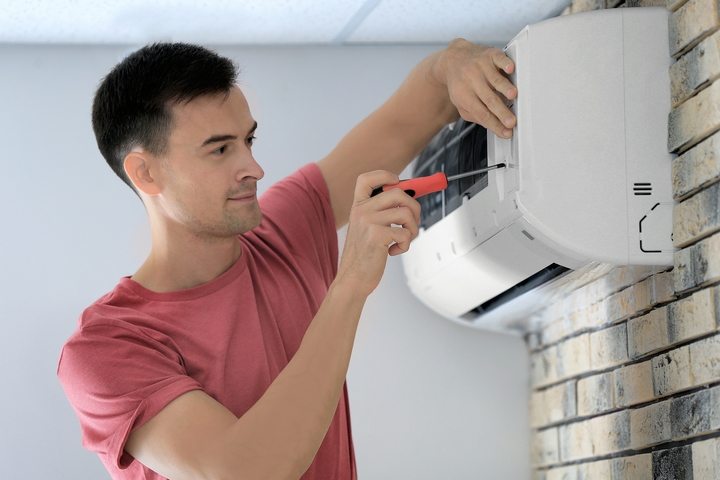
Even though the sales of residential air conditioners expanded during the 1950s, the first private home to feature air conditioning was built in 1914. It was owned by Charles Gates, a man living in Minneapolis, Minnesota.
The house was built with a design of networks that would allow for the ducts of a central air conditioning system to be hidden inside, behind elegant moldings.
9. Air conditioners and smart technologies
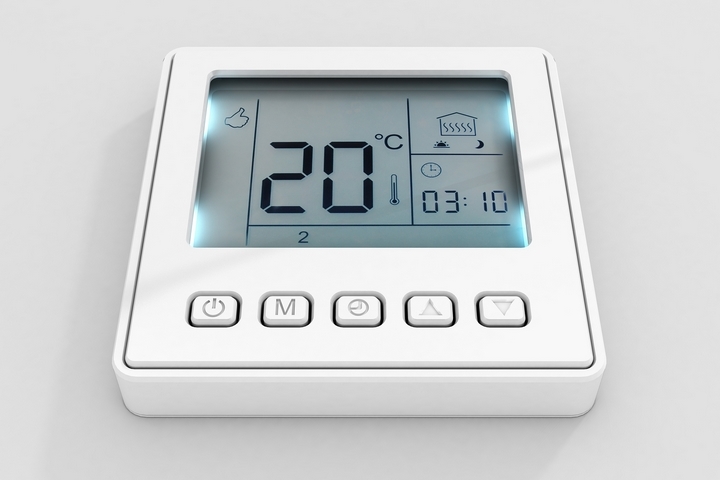
In the following years, many innovations modified and improved air conditioners. While it was once considered a luxury, air conditioning is now a necessity in many homes and business facilities, especially those who are established in hot climates.
Thanks to smart technologies, air conditioning inside a home can now be automated by a smart thermostat, or even controlled and adjusted remotely from a cell phone.

